Henri Baviéra
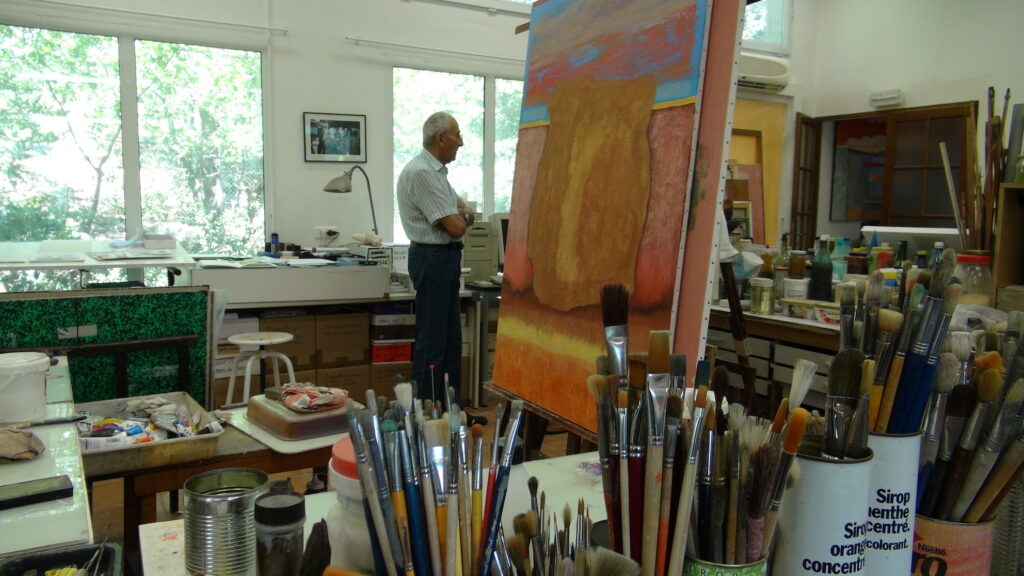
Biography
Henri Baviera was born in Nice 1934. He is a native of Saint Paul de Vence, Henri Baviera works and currently lives in Lorgues (in the Var, France.)
While still very young, Baviera attends the Nice Trachel school, studying painting, drawing, engraving for three years.
Then in the 1950s, he continues painting and engraving in St Paul, under the watchful eye of experienced and confirmed artists such as Manfredo Borsi, Elmiro Celli, and many others.
In 1952, at the occasion of his first painting in Saint Paul, Baviera met Picasso, who encouraged him.
From 1960 to 1963, Baviera stays in Paris and attends most of the paintings academies, and the workshop Calavaert-Brown where he will enrich his technique and knowledge of engraving.
He returns do Saint Paul, where he has installed his engraving and painting studio.
Little by little, he moves away from figuration to a mineral phase (1962-1966). Then to a schematic period (1968-1975), and then to a dream-like period (1978-1987.)
In 1988 his compositions show a sleek, architectural, and metaphysical abstraction.
The 2000s see color and texture affirming new energy in a personal expression of the living world.
Since 1950, many trips with more than three hundred and fifty collective and personal exhibitions have made known his work in France and abroad (USA, Canada, Japan, Germany, Italy, Denmark, Belgium, Switzerland, Holland, Brazil,) and in participating in major International Contemporary Art fairs (Paris, Basel, London, Los Angeles, New York, Tokyo, Yokohama, Ghent, Montreal, Frankfurt, Geneva, Bologna, Nice.)
Besides, periods of study and research were held in Europe, Canada, the USA, South America, Japan.
To painting, his primary activity, Baviera adds engraving, mosaic, stained glass, sculpture, ceramics, collages, installations, polyesters, etc..
In 1965, Henri Baviera starts to develop his new engraving process, “Polychromie relief.”
Henri Baviera has made numerous creations in public spaces: mosaics (Valbonne), murals (Théoule and Marseille), Fountain (Gardanne), ceramic (Mandelieu), polyester (Geneva).
In 1968, he is the author of “Penetrable Environment” for the ORTF (National French TV channels.) This creation was used as decoration of the television show of the famous singer-songwriter Michel Polnareff, ‘A day in St Paul de Vence.’
In 1986, Baviera leaves St. Paul de Vence and opens his new Studio in Nice.
Since 1990, he takes regular trips to Japan, where he exhibits frequently.
In 2001-2002, the Japan Foundation grants him a four-month Research Fellowship to Japan, dedicated to the study of traditional paper (washi) and its use in contemporary engraving, leading to his project to make engravings “polychrome relief” without the use a press.
Since 1965, over the years, Baviera has created several ‘Artist’s Books’ with his poet friends (André Verdet, Bernard Noël, Françoise Armengaud, Michel Bohbot, Gilbert Casula, Jacques Kober, Bruno Mendonça, Alain Freixe, Claude Haza, Claude Gallot, Marcel Migozzi, Philippe Chartron, Françoise Serreau, Beatrice Machet, Daniel Leuwers, Albertine Benedetto, Raphaël Monticelli.)
In 2002, Henri Baviera sets up his studio in Lorgues (France), in the middle of nature, where he lives and continues to work.
Over 350 collective and personal exhibitions,
Numerous International Art fairs
Numerous press articles, videos and tv broadcasts and documentaries.
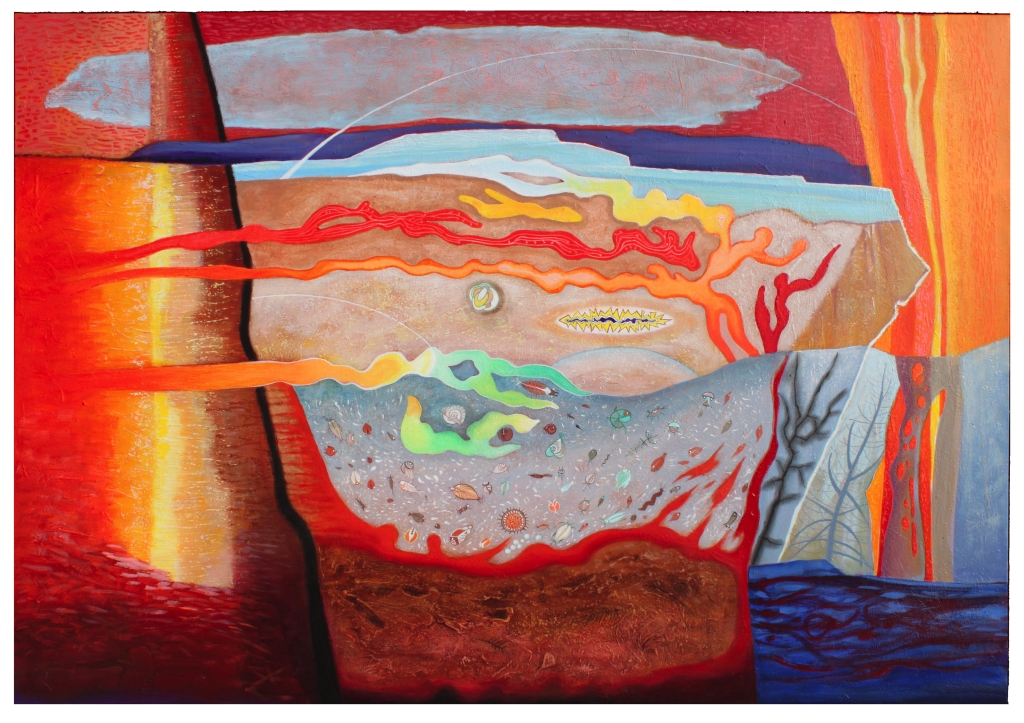
Statement
A WORD BY HENRI BAVIERA
Why Paint…?
The subject of Art is as broad as the history of mankind and assumes as many angles of view as there are eyes to see. Concerning my work, I see two ways to talk about it; by “how” or “why.”
Although one way contains the other, I begin with the second (knowing that a part of this “why” escapes me). I want to talk about the conscious part of my motivations as a painter for more than forty years, a questioning of what I see and perceive in what surrounds me and drives me in my search for a plastic and sensitive answer plastic, of course, subjective.
It is, somehow, a tribute to the primal energies, to the living world, and to the extraordinary journey of humanity, which is its continuation.
Beyond the inspiration I may get from the formal aspects, I find a profound motivation in the meaning and in the impact that the living has on me as a human being. If it seems that the progress induces a distance with that living being, my intimate relationship with him takes, in this respect, an increased need.
We understand that technical or craftsmanship issues related to the ‘how’ play, in this context, the role of a tool to realize images unknown in advance.
In practice, I do not want to be restricted in the choice of means. In the moment, I will choose the tool that serves best my emotion, from the object to the canvas, from collage to engraving, from the gouache drawing or installation to photography, etc. even if the work contains a particular formalism that is inherent in its execution.
This being said, what does painting represents for me?
I have no concrete definition because freedom is its first condition.
In my intuitive path where I wander, there are no signage or direction signs. It is up to me to get lost of not. I can only be guided by my inner “compass.”
Armed with my perception of reality, I am just looking to add a spiritual space in harmony with a creative imagination sometimes to the edge of utopia.
That is why I keep a distance from purely intellectual work, because, for me, it would mean to be deprived of a more critical dimension. If Art is not made without intelligence, it is without a doubt because there is another intelligence in it.
I am also tempted to associate myself with what Georges Braque said: ” We have only to discover, but be careful not to explain. Every evidence diminishes the truth.”
Striving to harmony to make ugliness temporary;
Striving to love to make violence unacceptable.
If Art has the power to stir the best that man has in him, using art to remind the negative part of the world or to tell a sick man that he has little chance to heal, is unacceptable.
With optimism, I believe that the future is in sharing cultural links and assets in harmony with the deepest needs of human beings.
It is in this state of mind that I let my gestures act freely on the canvas.
Henri Baviera 2017
Remarkable Artworks
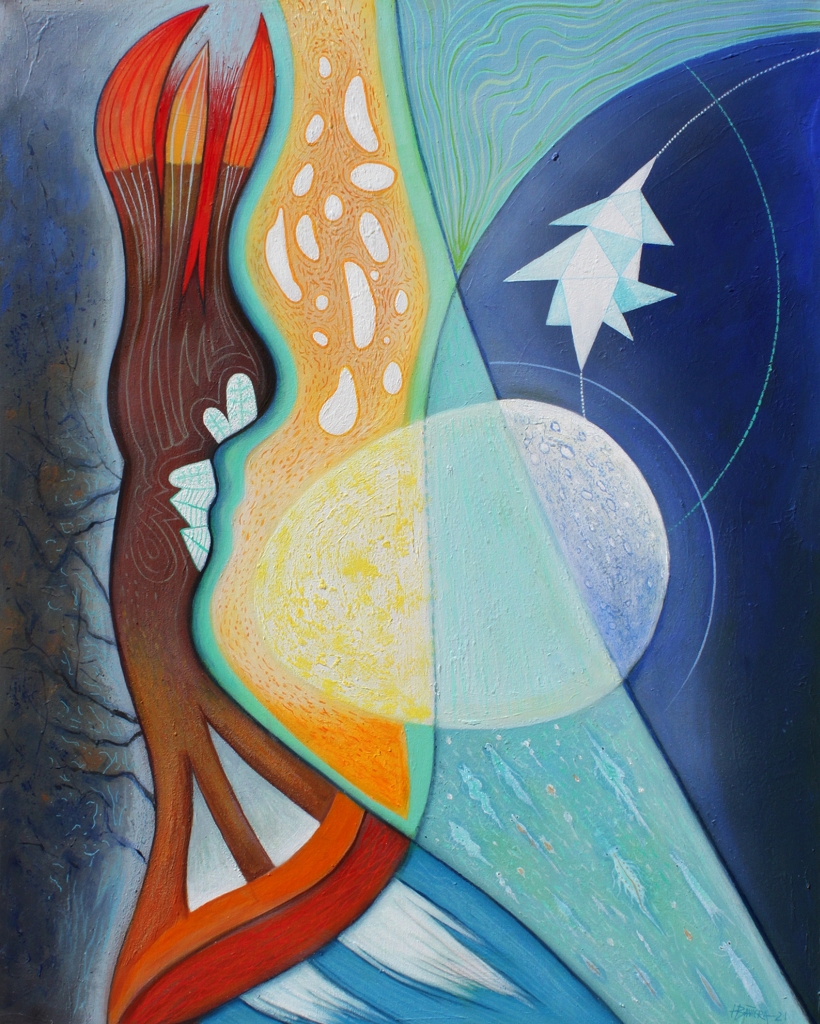

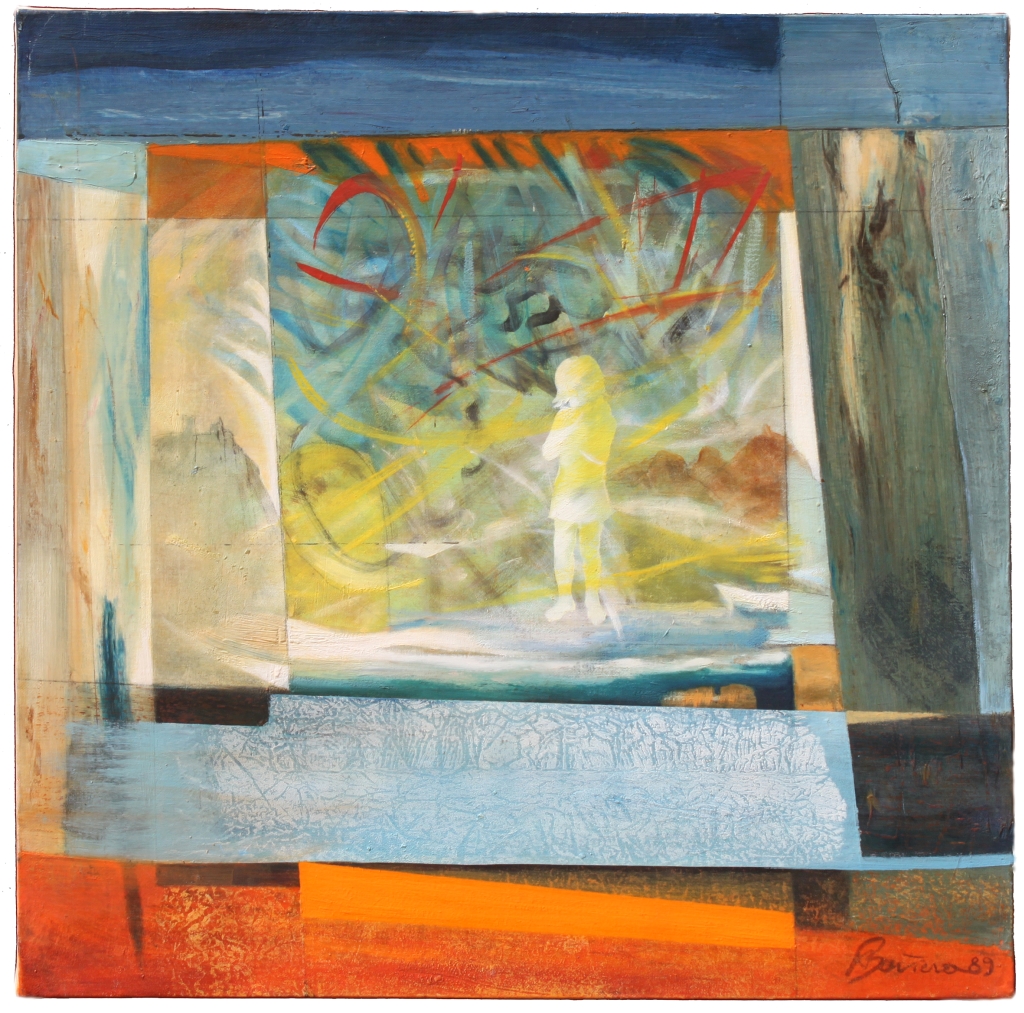
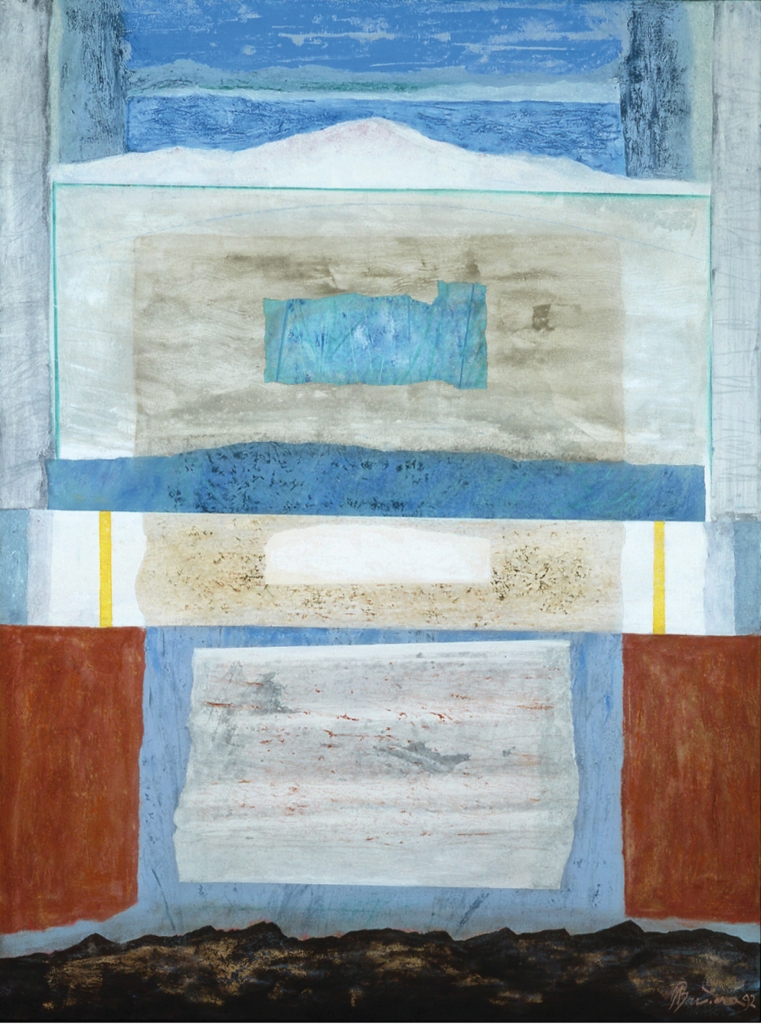
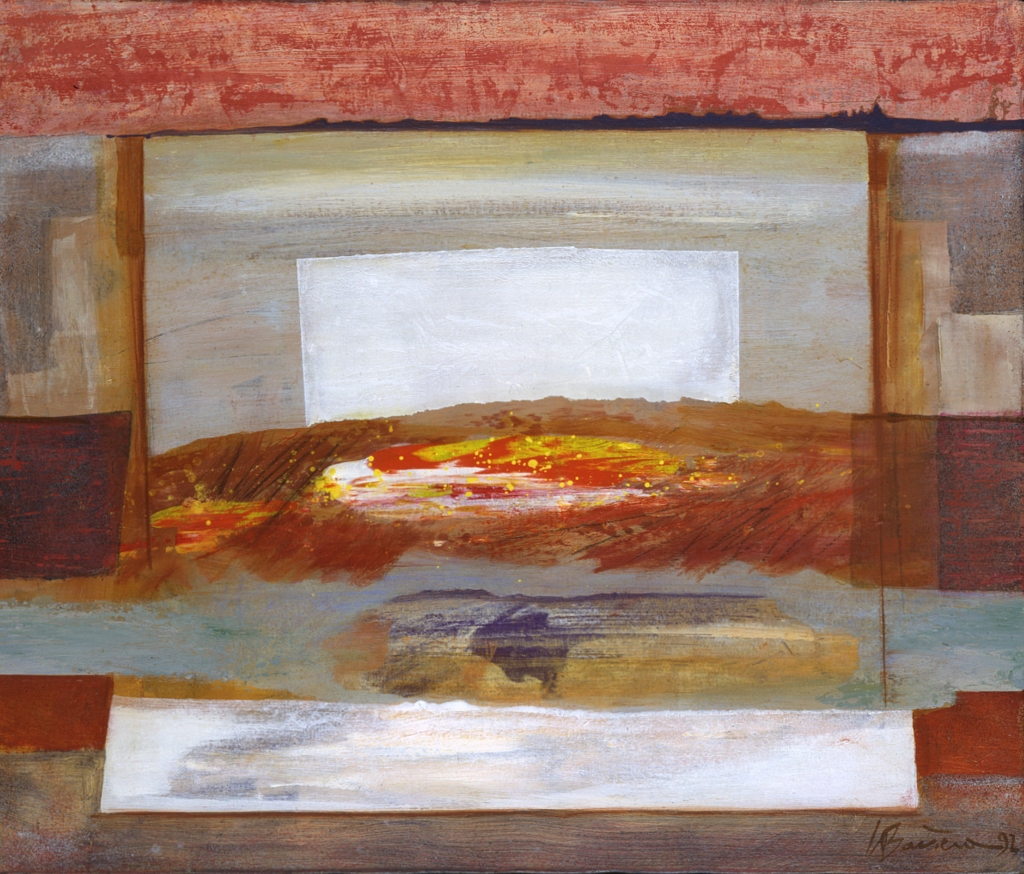

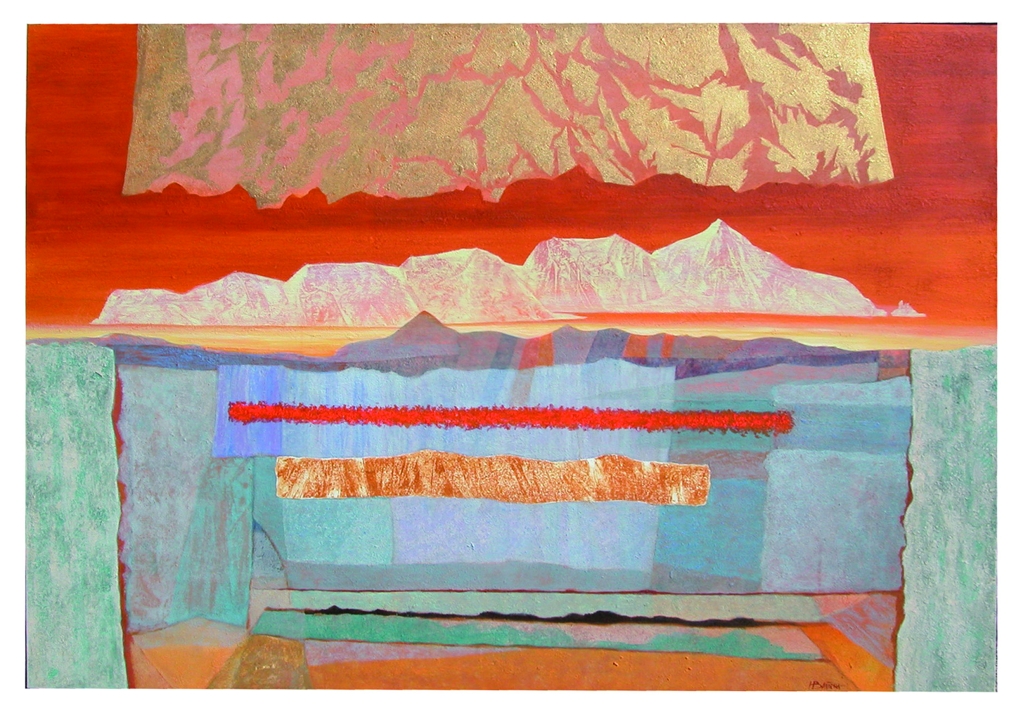
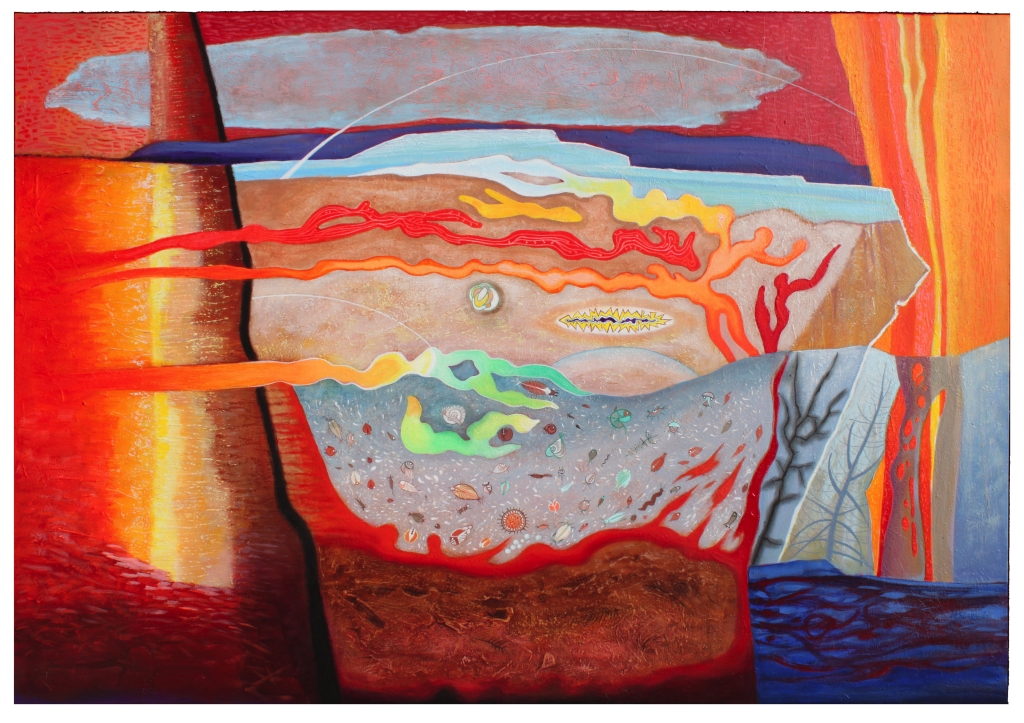
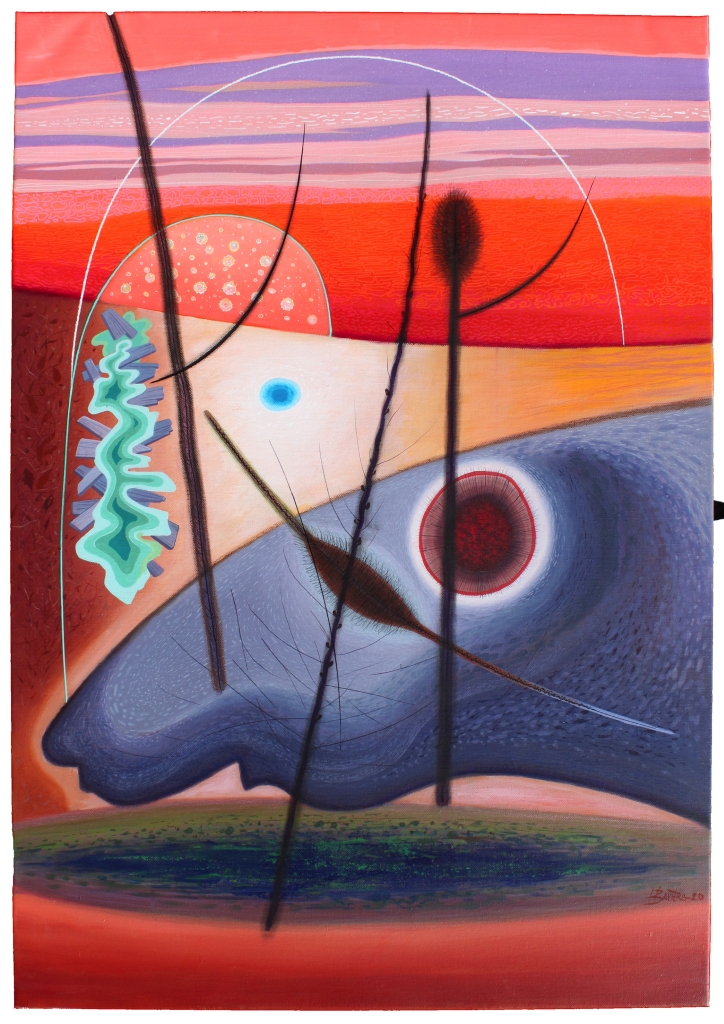
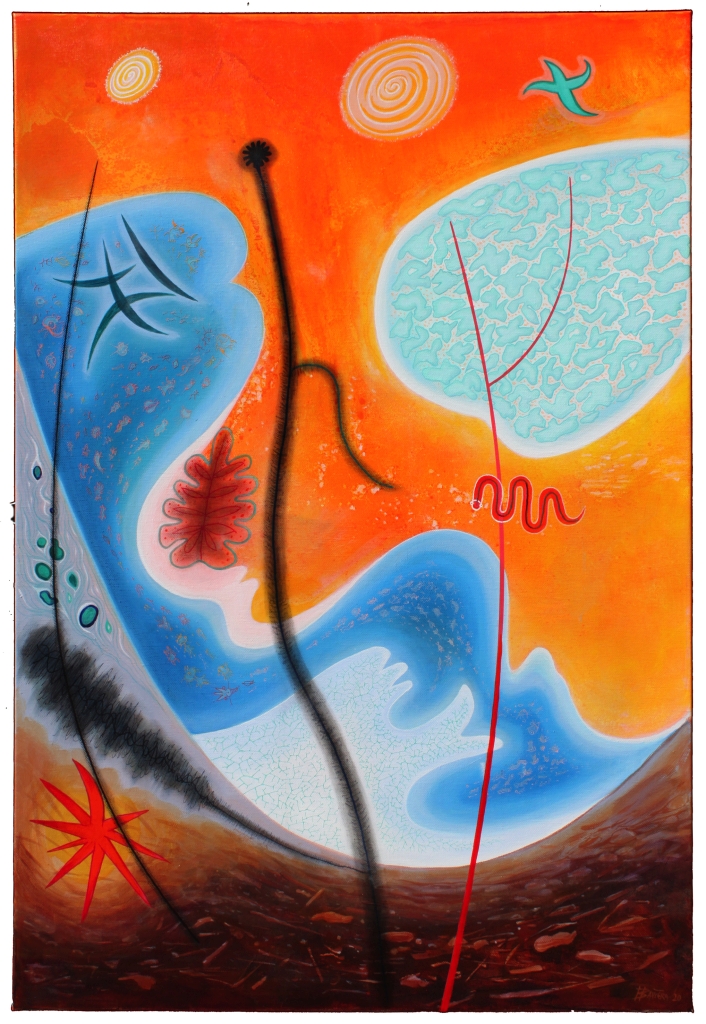

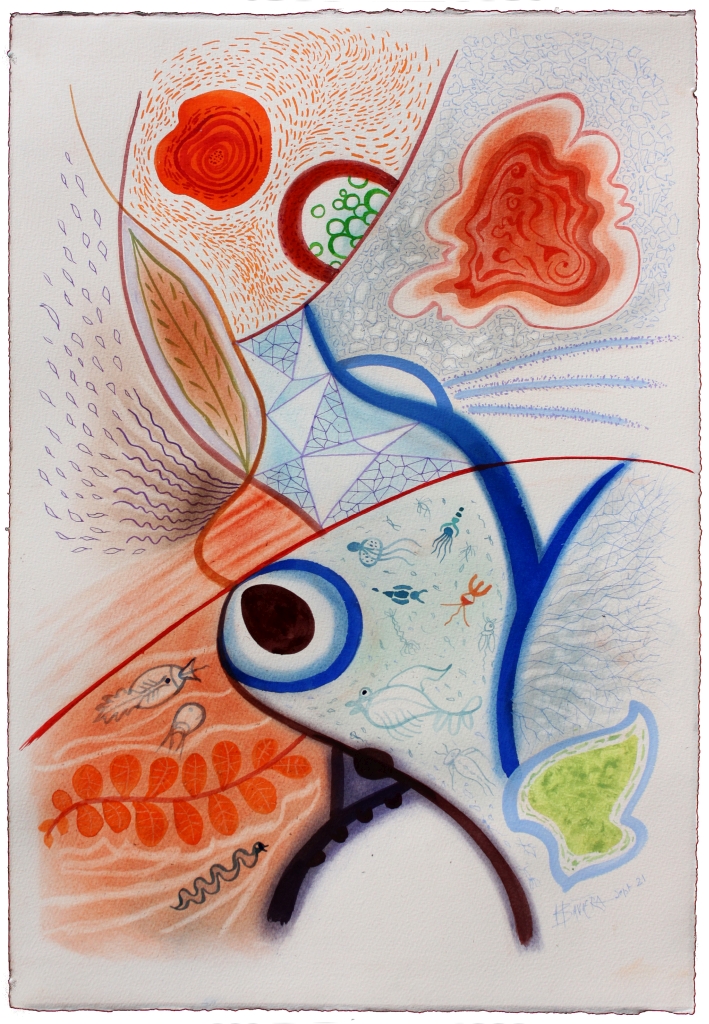

Press
more comin g oon
